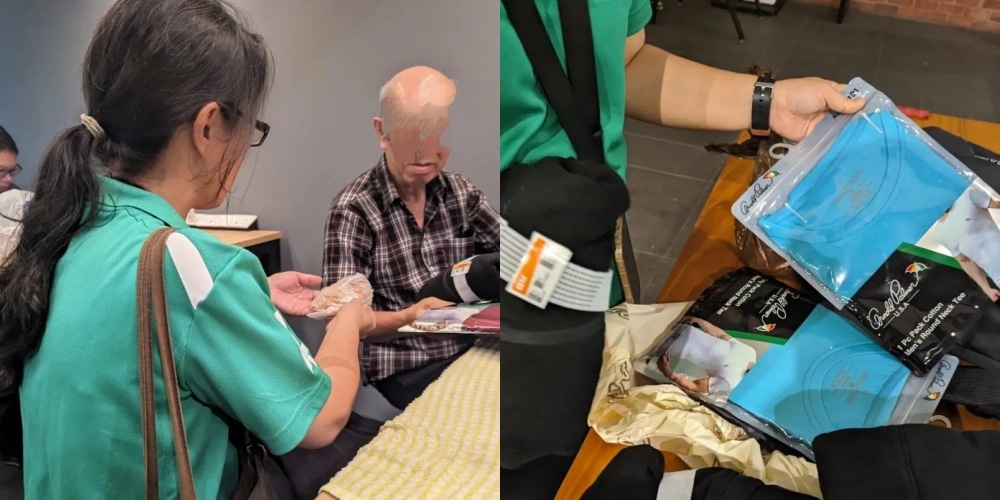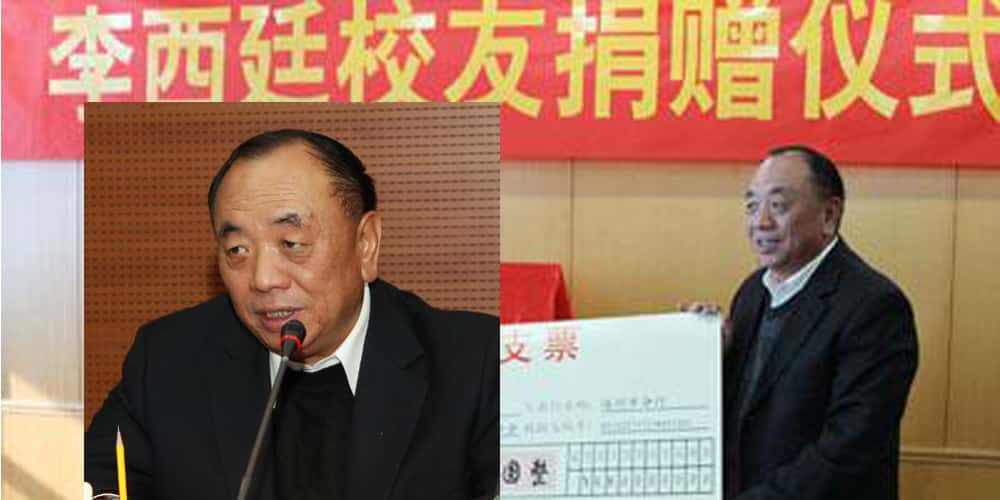Singapore’s state media, Channel News Asia, recently published an explainer on black-and-white houses following the revelation that Home Affairs and Law Minister K Shanmugam and Foreign Affairs Minister Vivian Balakrishnan have rented two such properties.
Built during colonial times, black-and-white houses are architecturally unique and typically occupy large tracts of land. In Singapore, these heritage homes are highly coveted residences.
Today, about 500 black-and-white houses remain, the vast majority of which are state-owned and managed by the Singapore Land Authority (SLA), a statutory board under the Ministry of Law. Such state-owned properties are available for rent only through public tender.
The CNA article delves into the background of these homes, the expected rental costs, and the procedure for renting them. However, the article omits the fact that the SLA falls under the purview of Minister K Shanmugam and that this arrangement might potentially breach the Ministers’ code of conduct — a major factor in the ongoing controversy.
In his parliamentary reply in August to questions filed by Non-Consituency Member of Parliament, Leong Mun Wai last year, Mr Shanmugam said that as of Jul 21, 2022, 236 of the 262 residential state black-and-white bungalows were tenanted.
The median land size was about 38,000 sq ft and the median rent was about S$13,000 (US$9,700) a month.
While CNA listed a few examples of the estates that SLA leased out, it failed to point out that No. 26 Ridout Road sprawls over 306,930.38 square feet (28,497.67 square meters) with approximately 9,202 square feet of floor space, while No. 31 Ridout Road possesses a land area of 136,101 sq ft (12,664 sq m) with similar floor space.
Another factor that contributed to the public’s bafflement over the ministers’ choice of accommodation is the excessive size and perceived luxury of the properties in question.
In another article, CNA quoted Associate Professor Eugene Tan from the Singapore Management University saying that negative sentiment on this issue could be driven by the politics of envy. This article also failed to mention the potential violation of the Ministers’ code of conduct.
One can’t help but question whether this narrative is an attempt by the state media to spin the story in favour of the ministers ahead of the debate in July’s parliamentary sitting.
CNA also noted that any addition or alteration work on these properties requires written approval from the SLA and relevant authorities.
The article states, “At the end of the lease, tenants are required at their own expense to hand over the property in a ‘good state of repair and condition’, according to sample tenancy agreements on the SPIO website. Tenants also need to demolish and remove any approved works, including new buildings and structures erected by the tenant, if notified to do so. The tenant has to pay for this.”
Yet, the car shelter built at 26 Ridout Road, where Mr Shanmugam resides, was developed by the SLA. According to the Urban Development Authority (URA) documentation, Mr Shanmugam did not construct the shelter.
While it remains unclear whether Mr Shanmugam funded the shelter’s construction, the fact that the SLA initiated the development raises the question: does he need to demolish and remove the SLA-built car shelter?
Furthermore, unapproved structures such as a swimming pool and a roundabout exist on the estate. Were these built by Mr. Shanmugam or, like the car shelter, were they built by the SLA?
While CNA seems to be emphasizing the difficulties tenants of black-and-white houses face, such as restrictions on cutting down ancient trees that cover the estate, it fails to acknowledge that many trees were cut down after the ministers moved in.
If these trees, located within the ministers’ residences, held conservation status, was approval sought for their removal? Who granted this approval if it was given? Moreover, were any approvals independently assessed?
These complex questions point to the possible conflation of issues by the establishment, such as CNA, which Temasek Holdings – Singapore’s sovereign wealth fund – owns.







